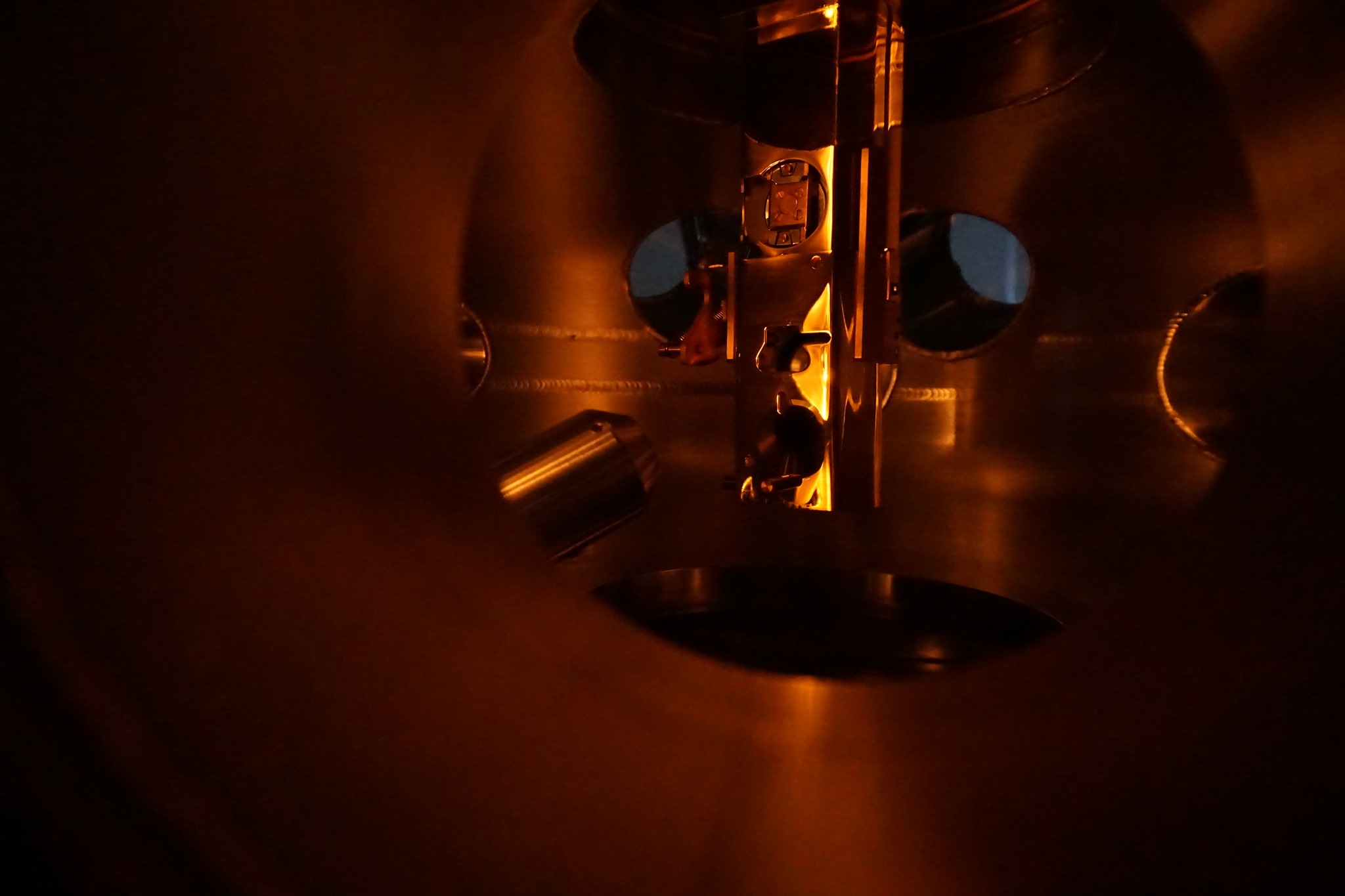

Angle-resolved Photoemission Spectroscopy (or "ARPES". It's an acronym so you can pronounce the word!) is an experimental technique used to probe the electronic band-structure of materials. In essence, electrons ejected from samples, by shining light on them, are analyzed to uncover their energy and momentum information. Due to the relationship between the energy (and momentum) of the electrons outside the sample and previously in the sample, we obtain relationships between these which are often non-trivial and interesting for novel materials.
The easiest way to learn more about our lab or our work would be to talk one of us. Our group is very warm and we would love to welcome new blood into our midst. I generally reply to mails fairly promptly and am eager to talk about what we do. So feel free to drop any questions or concerns you may have regarding our lab or research. Contacting Inna would also be a very good step in understanding more about our work, since we do more than just ARPES. Inna is very approachable and encouraging, and replies promptly to emails as well.
But if you are more inclined towards self-study, the most accessible introduction to ARPES and our sister techniques is provided at the Advanced Light Source (ALS) User Meeting every year in the Light Sources 101 workshop. The ARPES part of the workshop is usually given by Chris Jozwiak, who is a beamline scientist at the synchrotron, and quite possibly the most infectious person if you'd like to catch the ARPES bug. The VOD for ALS User meeting 2020 and Light Sources 101 is available on their official website here, although I highly encourage attending the User Meeting in-person for the experience of interacting with the folks at ALS.
A slightly more mature introduction that also details some of the applications of the technique is provided by another beamline scientist at LBNL, Jonathan Denlinger, in a youtube video here. Prof. Dan Dessau also has his slides from the Boulder Summer School of 2014 available on the internet for more perspective, with a VOD of the same also available. Ofcourse, as someone in science, I can't only be recommending VODs, and, eventually, have to fear-monger by citing review articles. Amongst these, there is no substitute for Prof. Andrea Damascelli's "Probing the Electronic Structure of Complex Systems by ARPES" (Physica Scripta Vol T109 2004) covering several very technical details of the technique yet being concise to not include unnecessary details. For an account of how ARPES is currently applied at the frontiers of research, Jonathan Sobota et al's review "Electronic Structure of Quantum Materials studied by ARPES" available on arxiv (arXiv:2008.02378 [cond-mat.str-el]) does an excellent job. Hope these resources are as helpful to a new member of our field as they were to me when I started out.